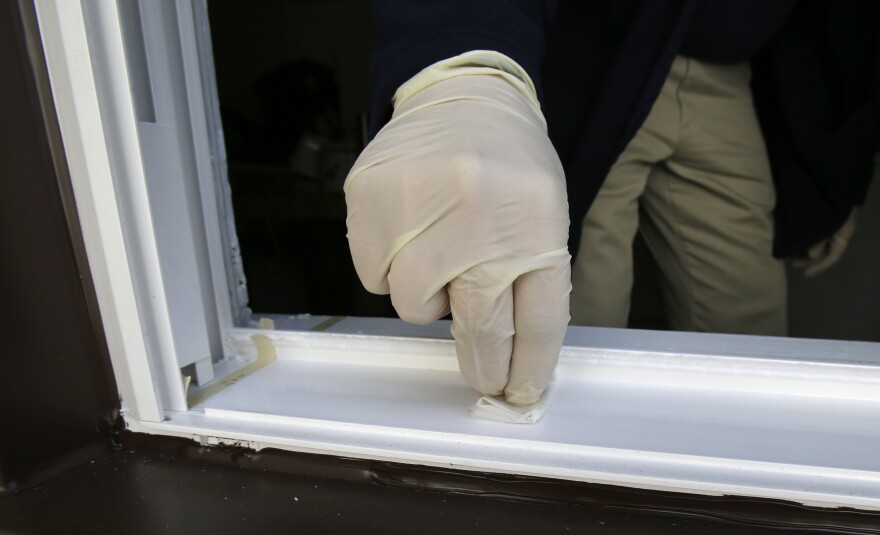A new report says that Maine's state goal of eradicating lead poisoning by 2030 will not be realized until 2050.
State CDC Toxicologist Dr. Andrew Smith said blood testing of young children and housing inspections have increased, and that public health officials in high-risk communities such as Lewiston have secured federal funds to tackle the problem
"They impressively got their funding from HUD doubled so now they're proactively doing abatements. That's the sort of thing we'd like to provide seed money for and see more of," Smith said.
But the state concluded that efforts so far will not be enough to eradicate lead poisoning by the end of the decade.
Smith said grants can help get more abatements done because they help cover abatement costs.
"We make the landlord aware of these grants because they provide money to address the lead hazards and requires the property remain affordable for a period of time," he said.
The state has DIY testing kits for renters or homeowners who want to do their own evaluations.
Maine uses a Lead Poisoning Prevention Fee, a per-gallon fee imposed on the sale of paint to fund lead poisoning prevention programs that benefit community members and workers.
Smith said some states like New Jersey have mandated home inspections to find homes with lead before a child is sickened, and lawmakers here could consider a similar approach.
The CDC reports pre-1950s housing that contains lead paint and poverty are the indicators they use for testing children and inspections.
Lead poisoning in young children causes brain damage and can result in learning and behavioral problems. Smith said that damage is not reversible.
Learn more about childhood lead poisoning and Maine's Tracking Network here.



